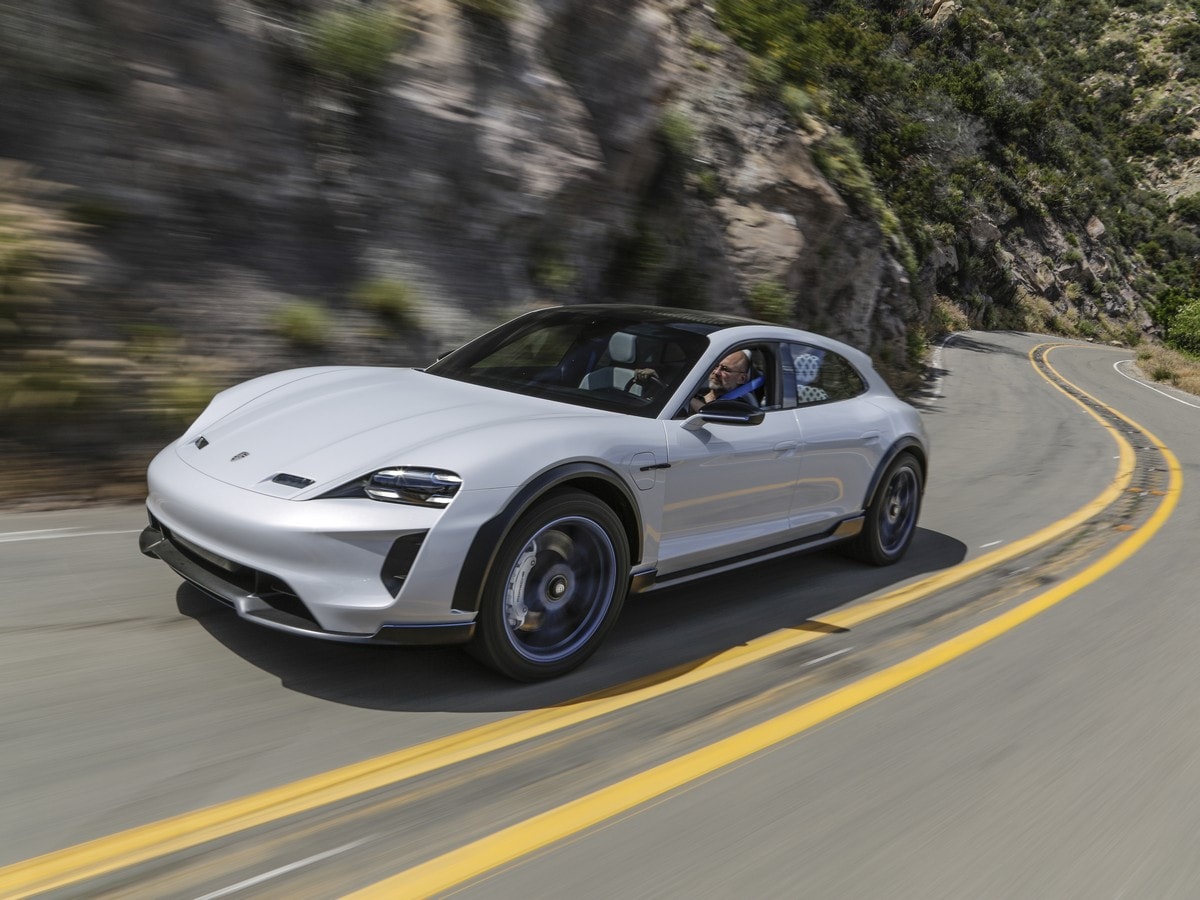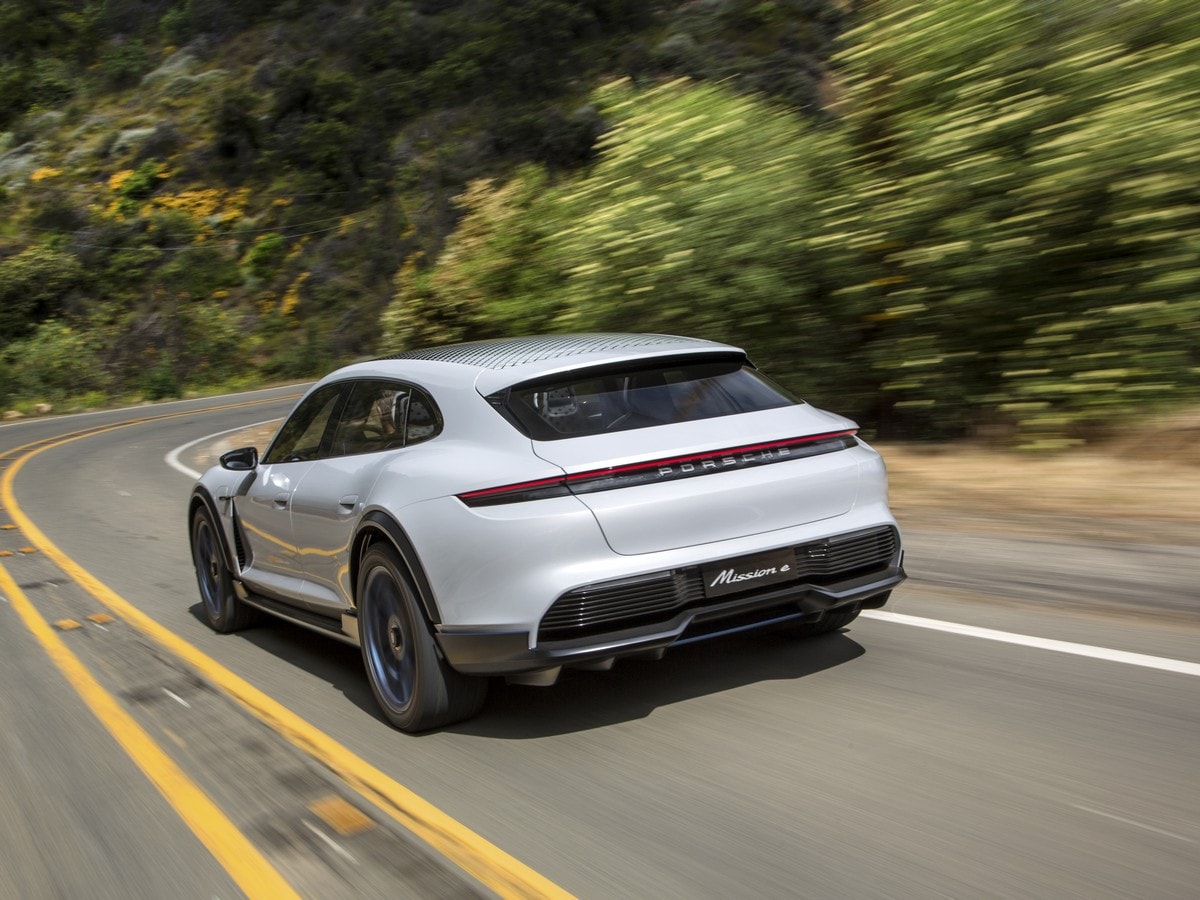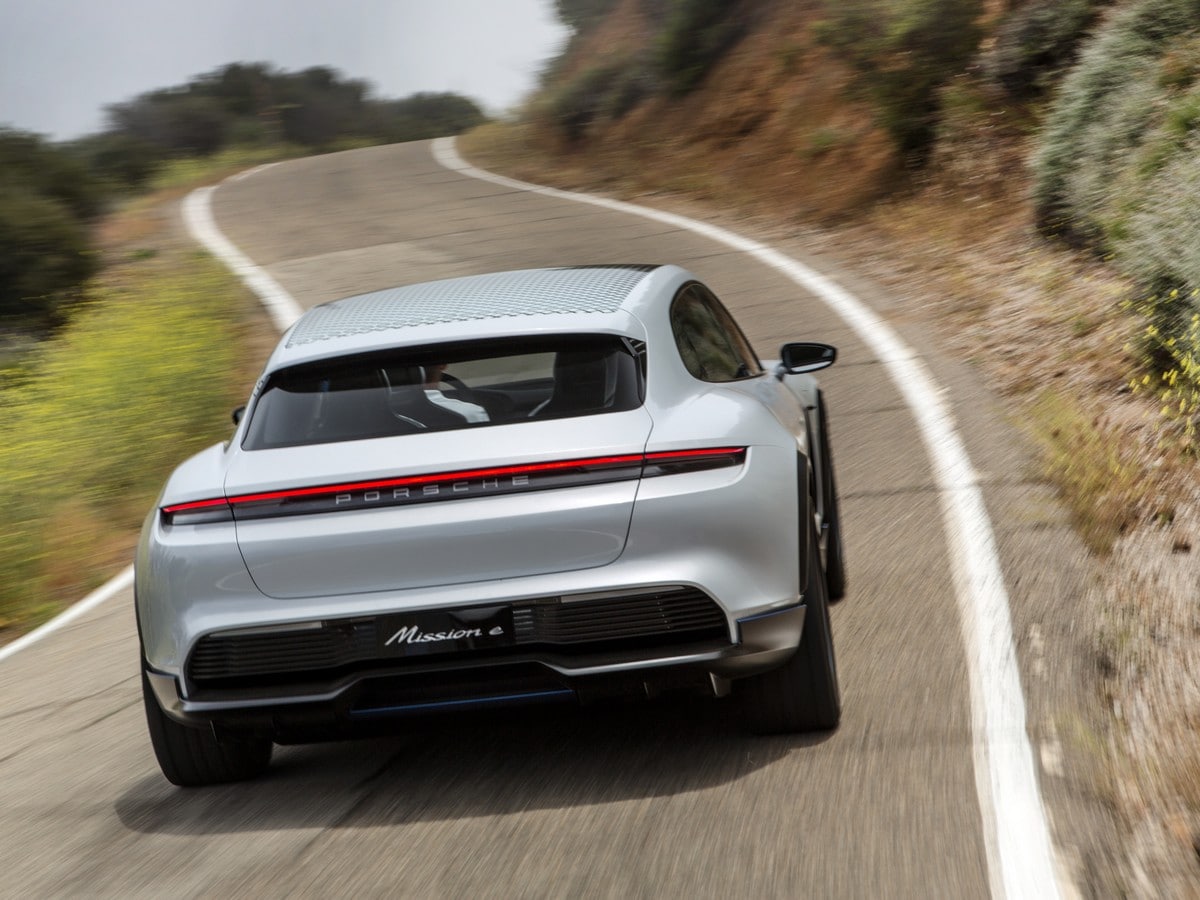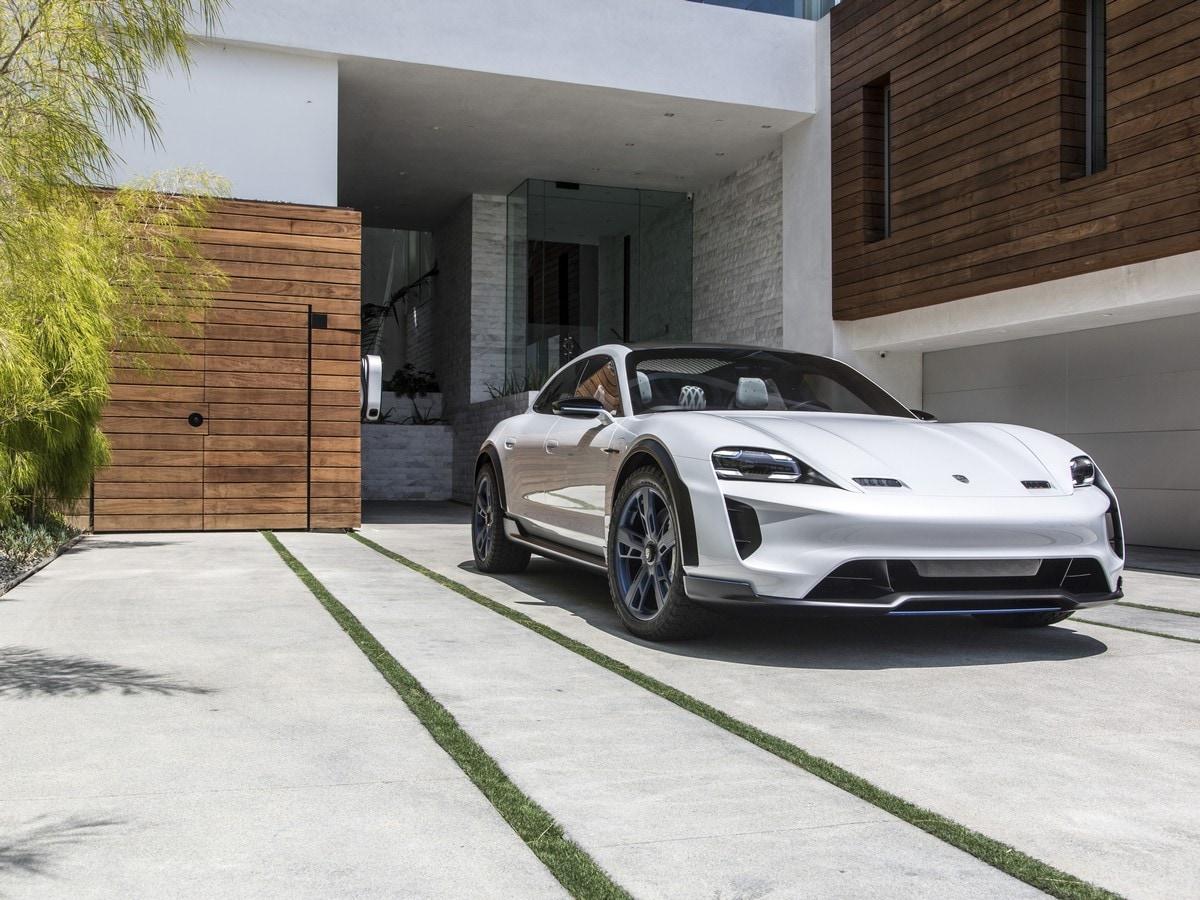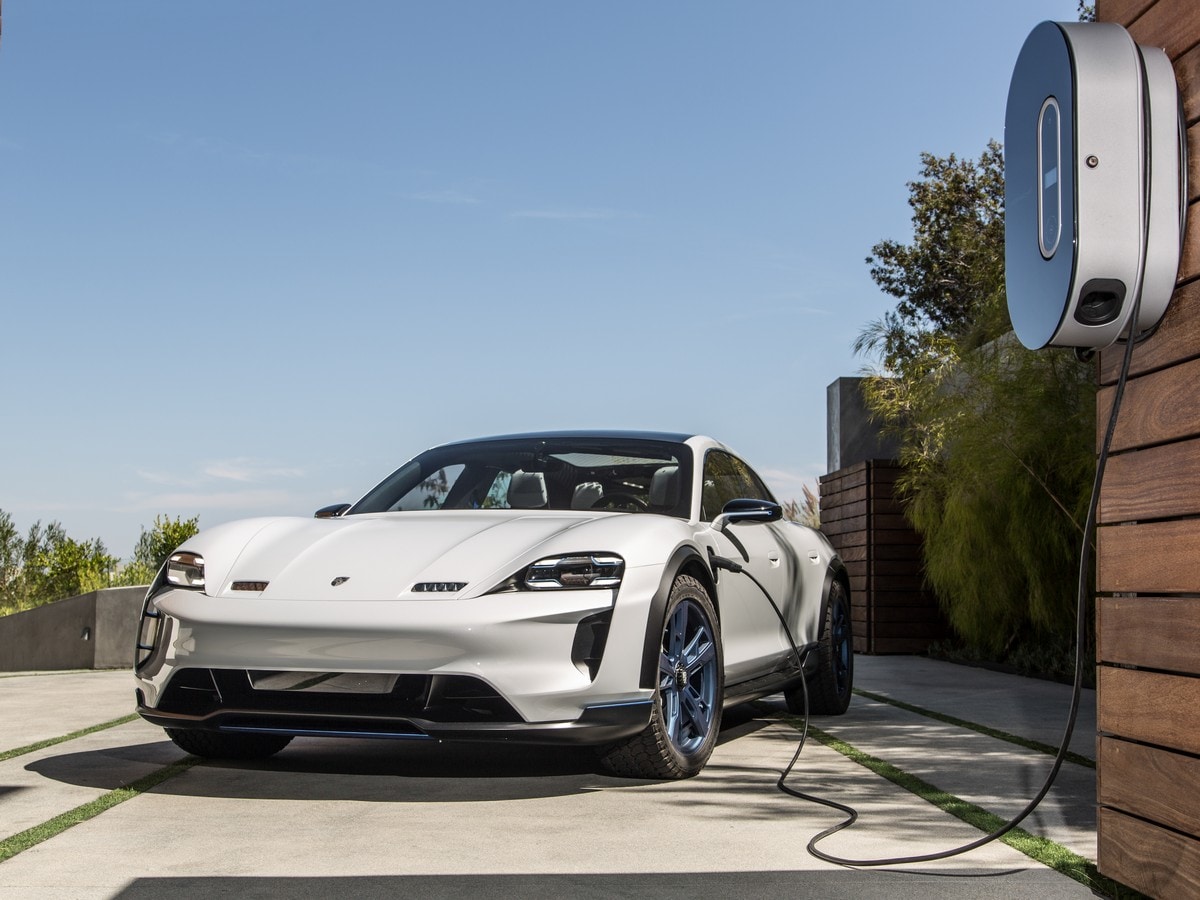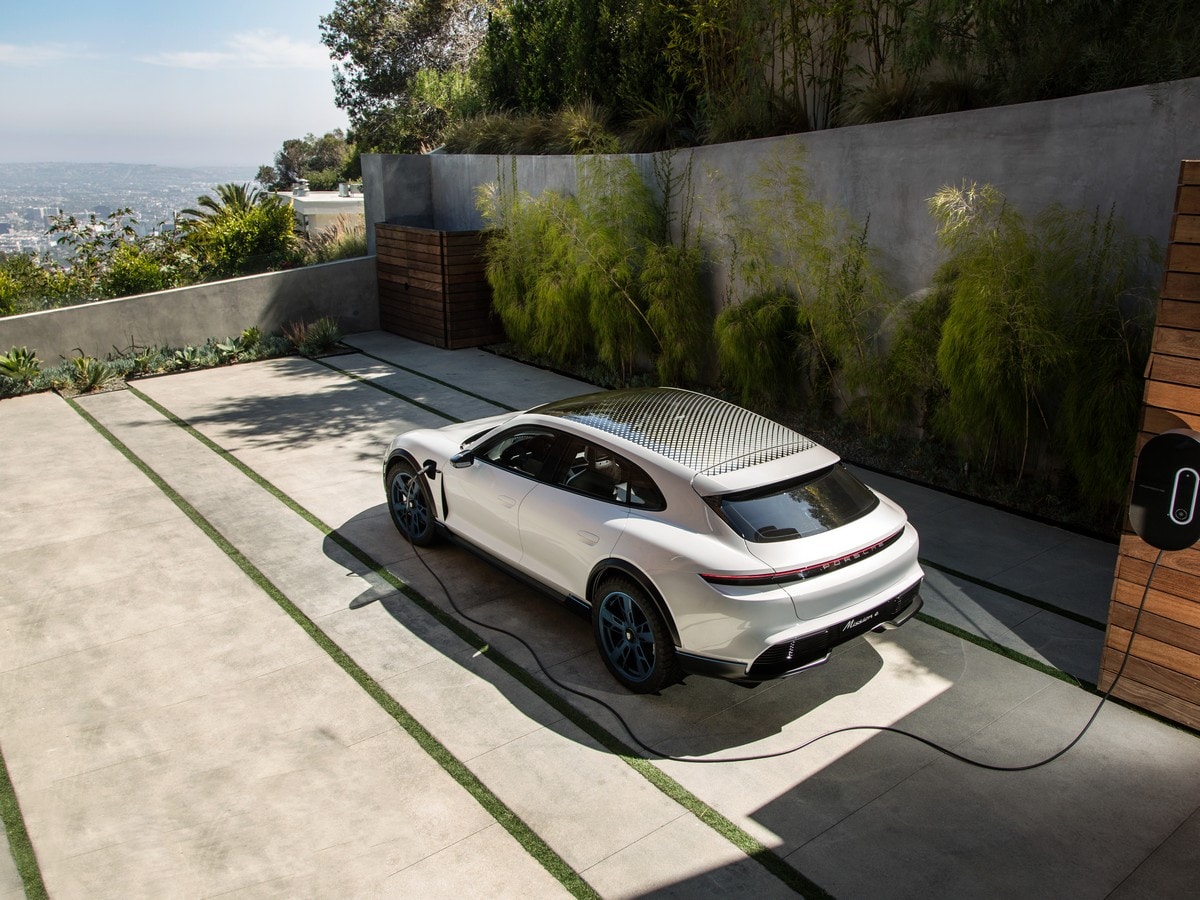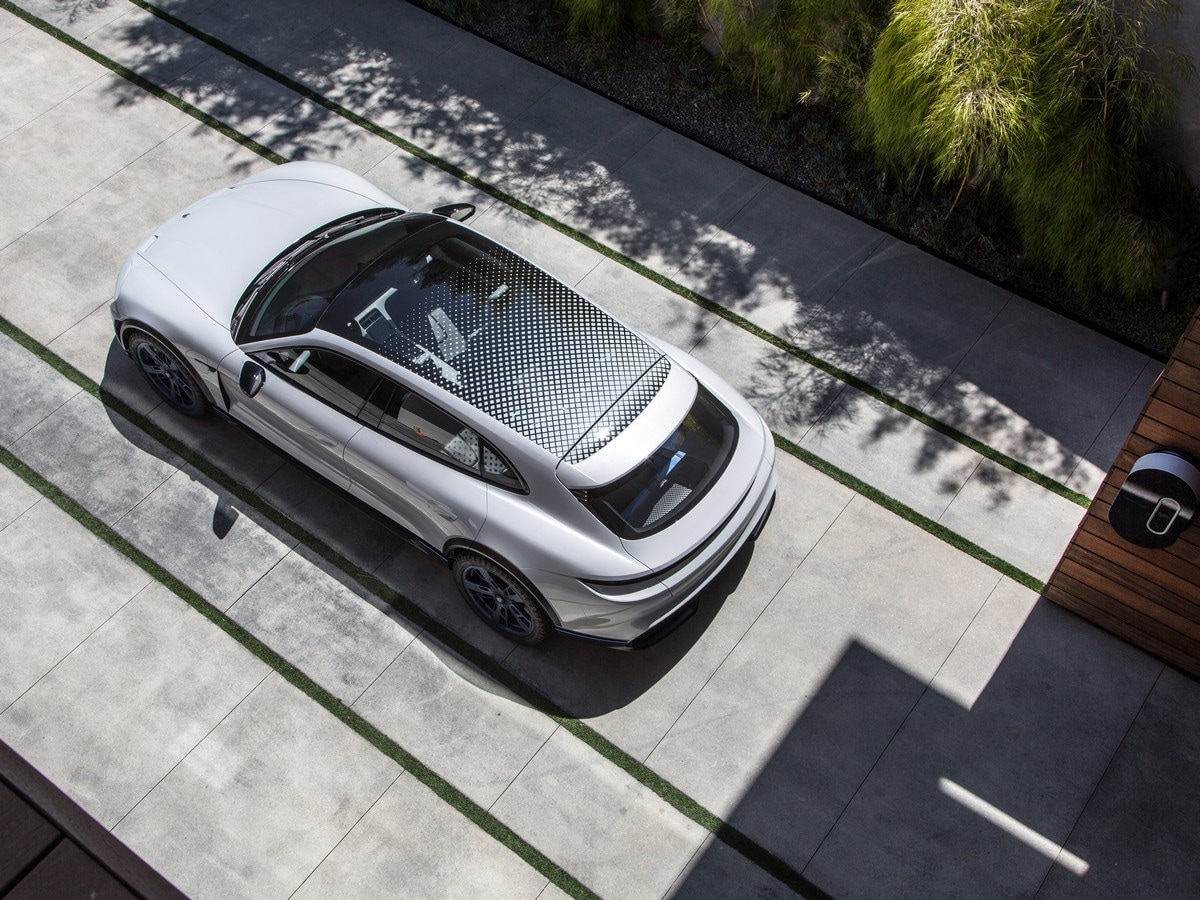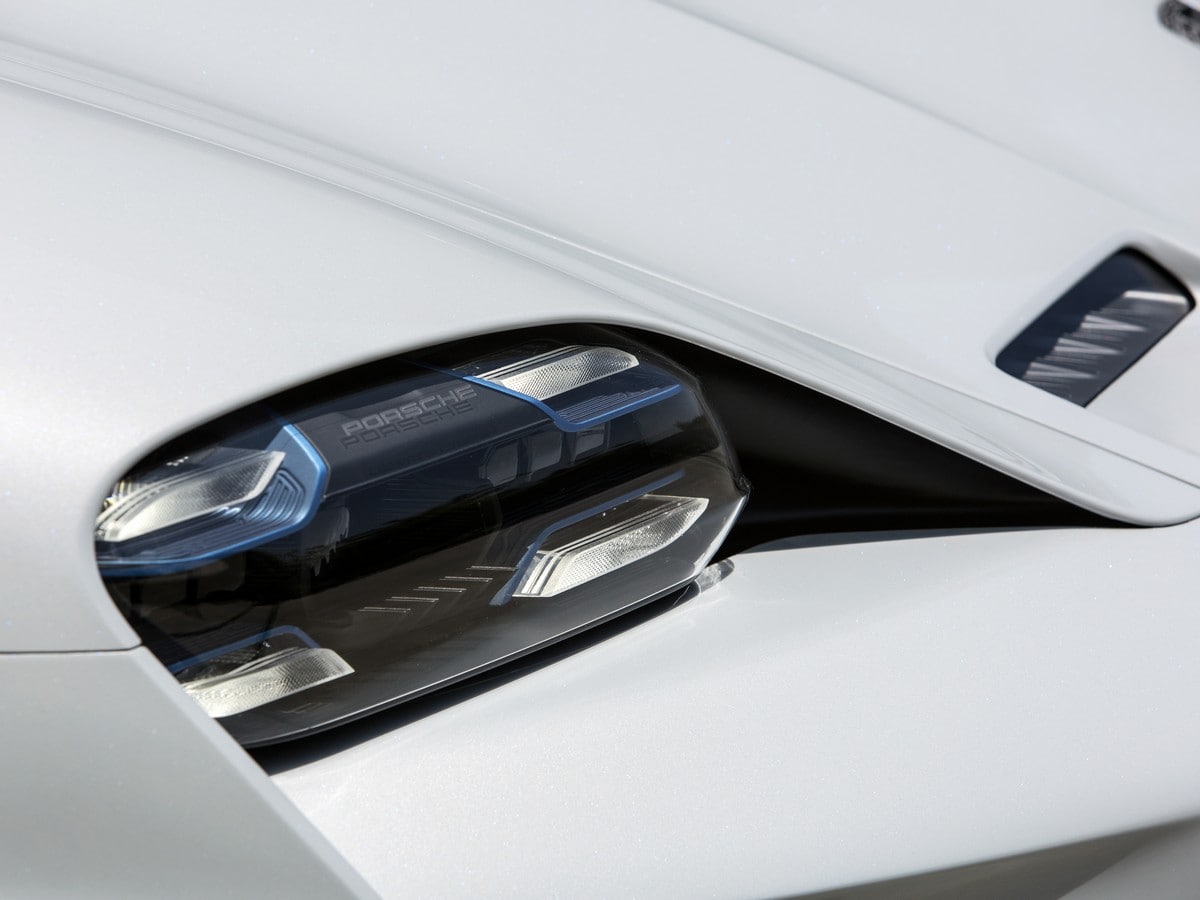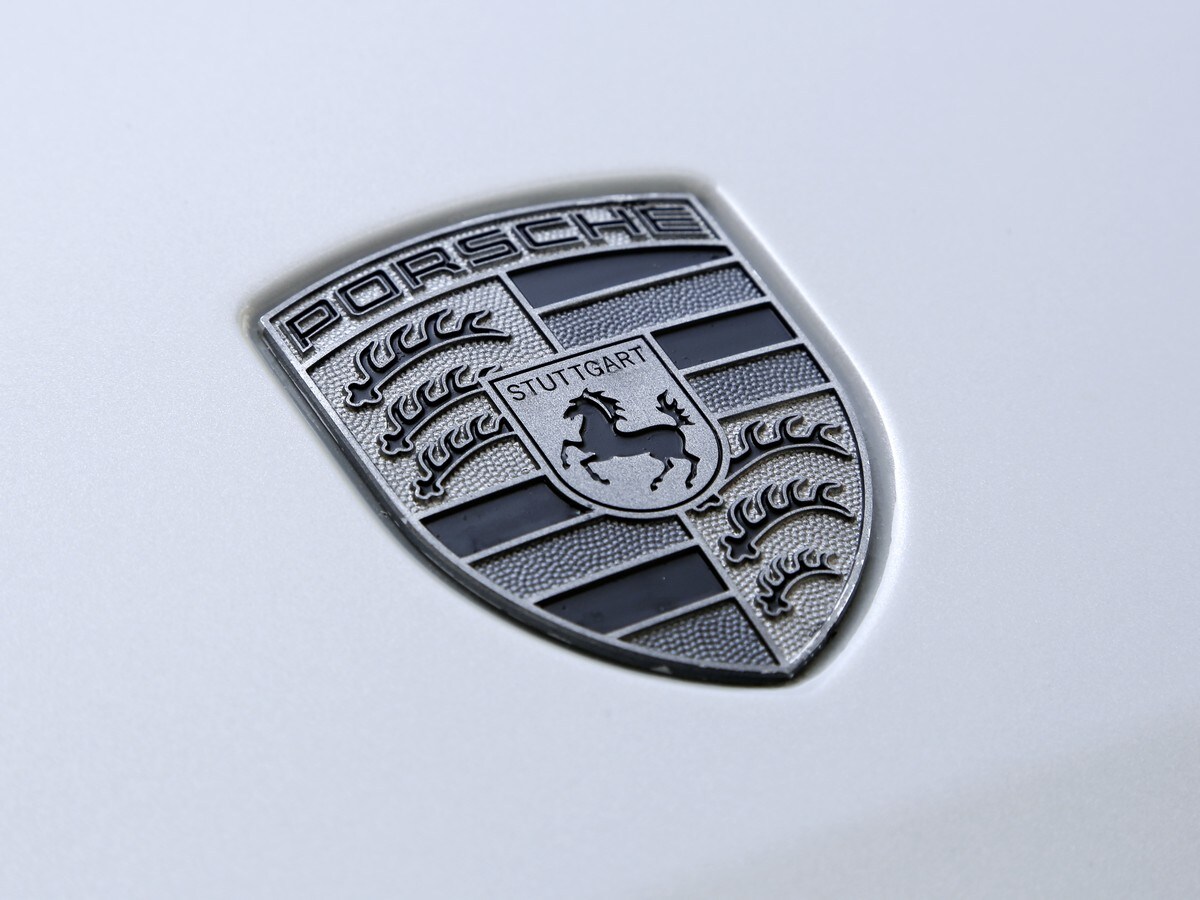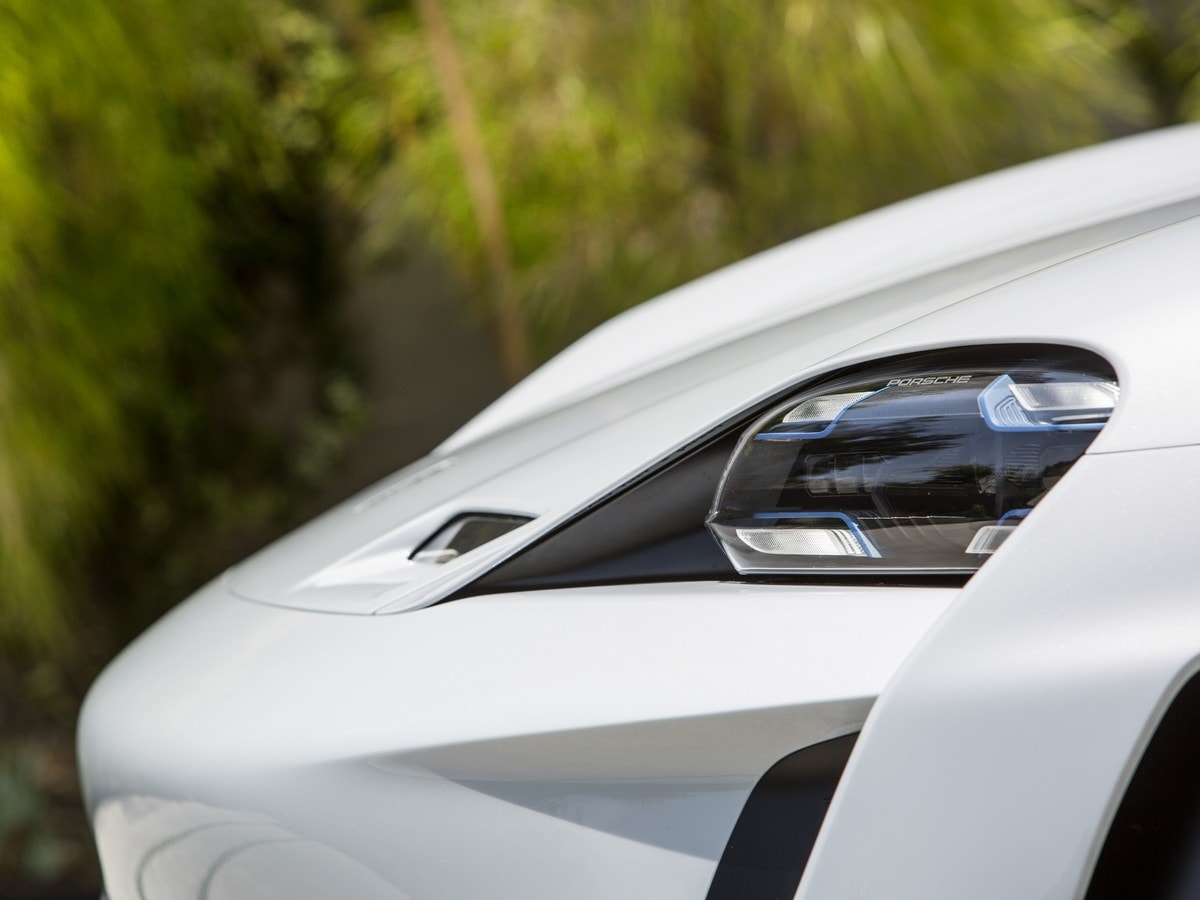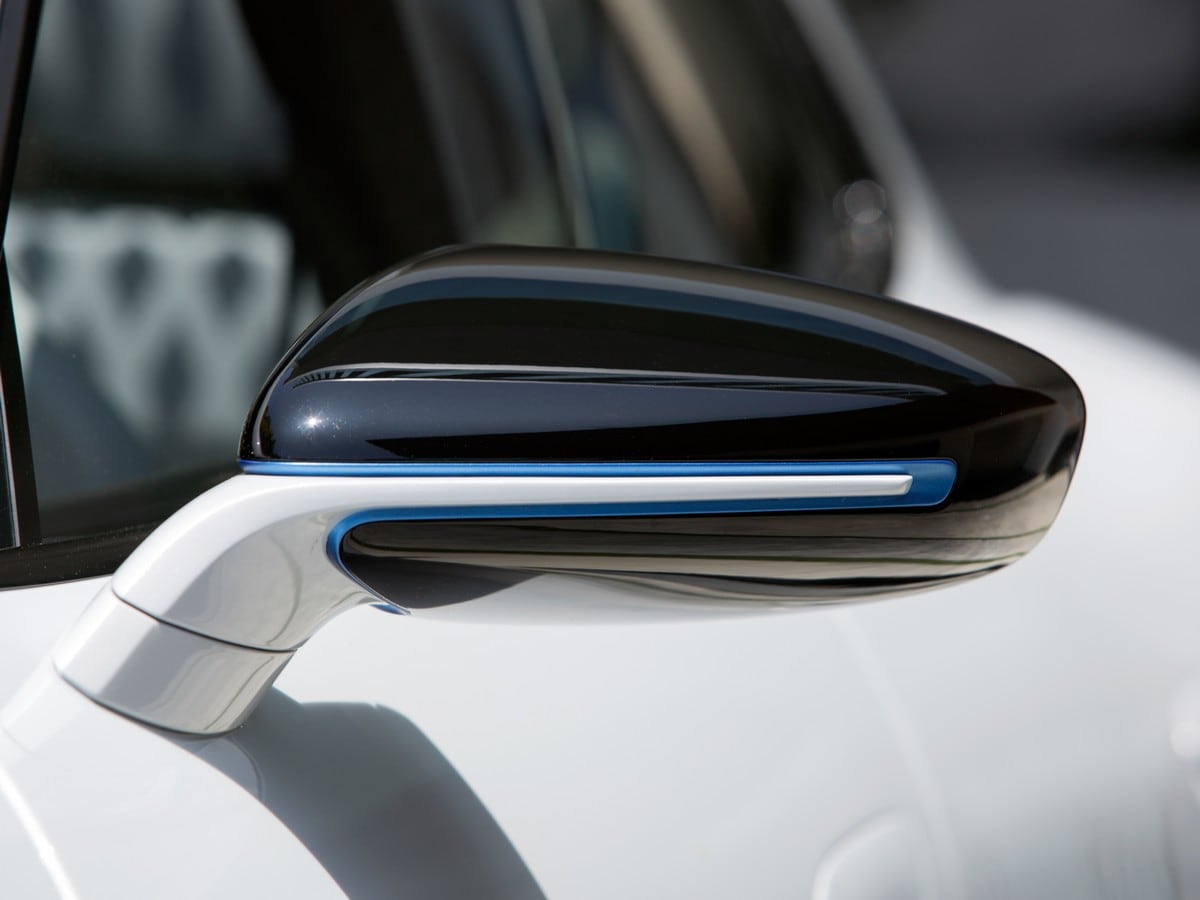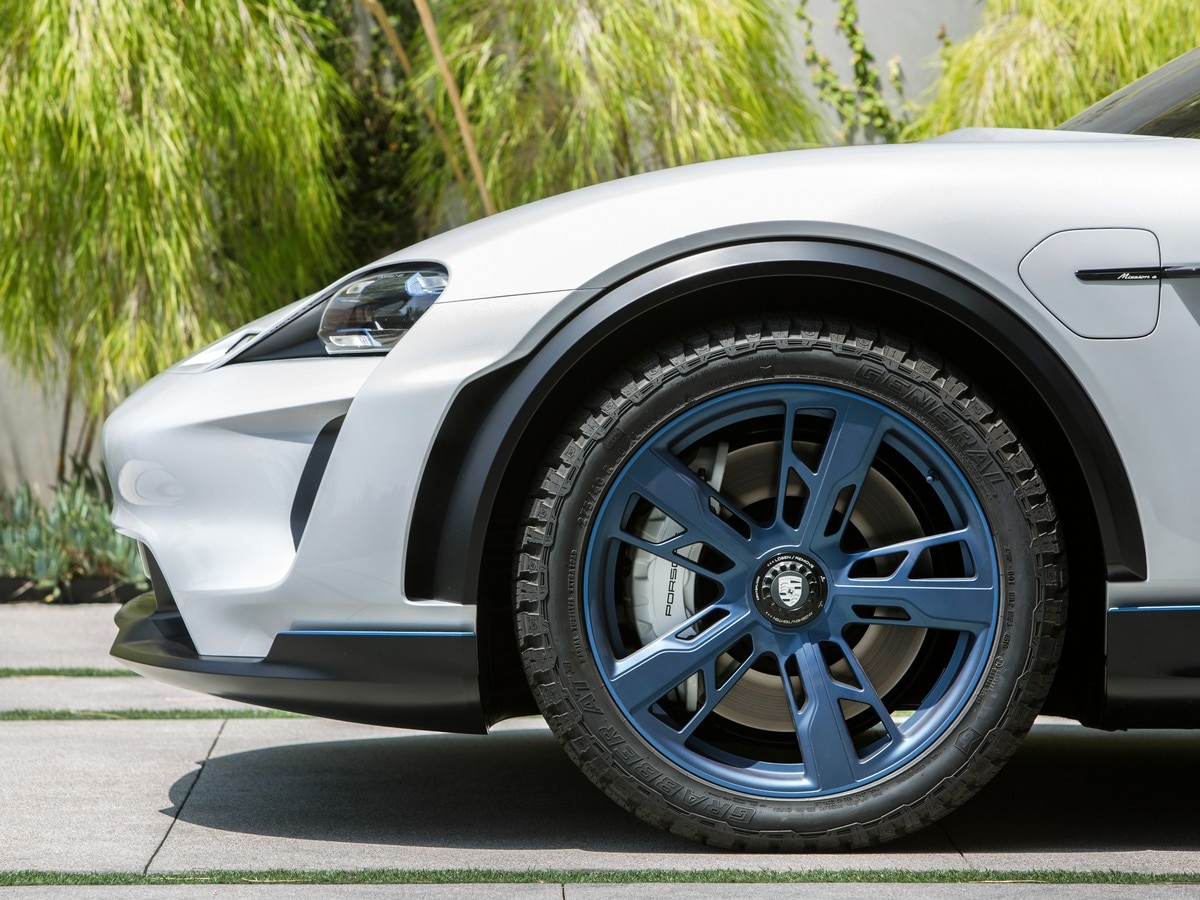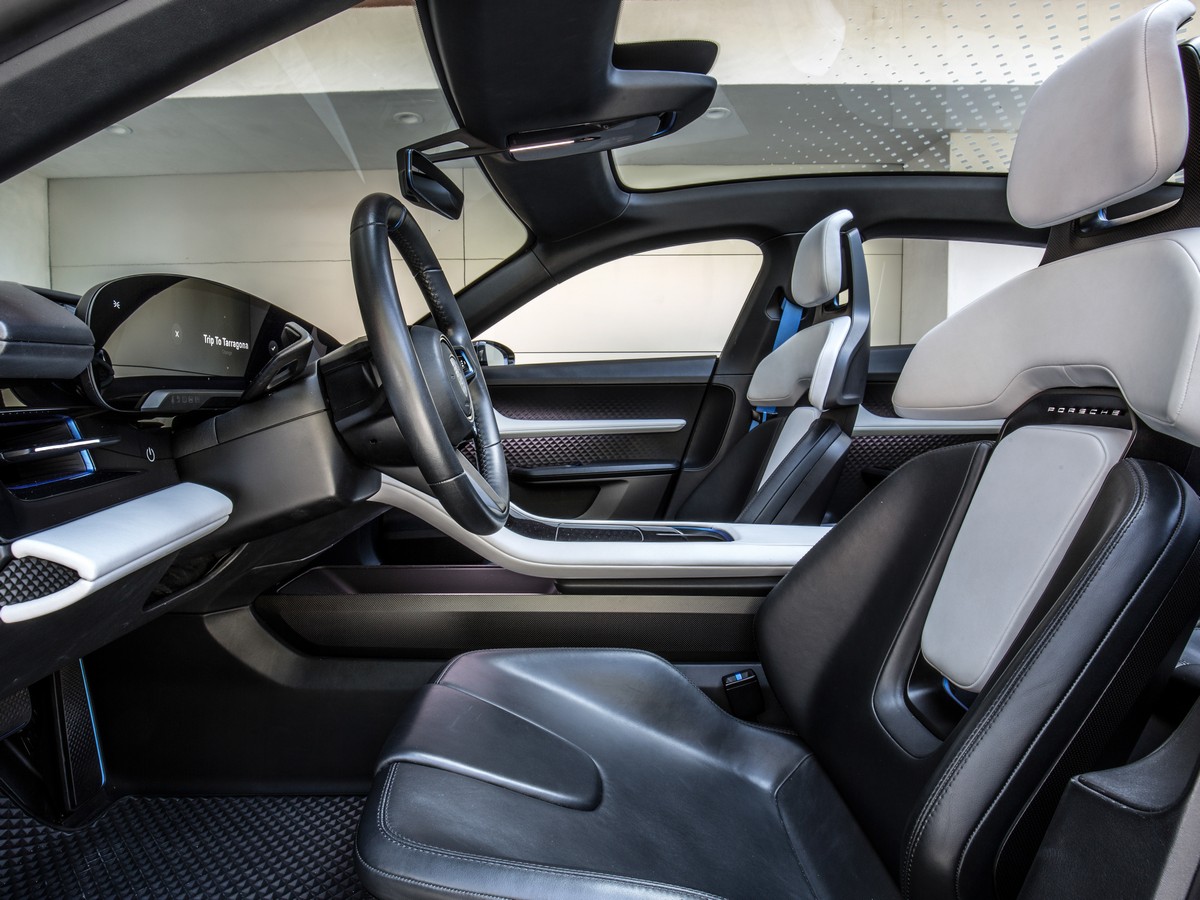- Twin motors pump out 592 horsepower
- 0-62 mph acceleration of 3.5 second
- All-wheel drive capability
- Projected price upwards of $100,000
The electric vehicle market, the luxury portion of it at least, is about to heat up. Until very recently, Tesla has had the high-end EV market to itself, mainstream automakers guessing — mistakenly as it turns out — that the action in zero emissions would be in penny-pinching little runabouts.
Elon Musk proved them wrong. By building an empire on luxury electric vehicles, the Silicon Valley upstart has had the market all to itself.
But that may soon end. Jaguar is introducing its I-Pace to challenge Tesla Model X for electric SUV supremacy. Now it’s Porsche’s turn with its the upcoming Mission E and this car, the Cross Turismo concept, is aimed right at Tesla’s core product, the Model S.
Two motors, 592 horsepower
It comes well-armed for the battle. Twin permanently-excited synchronous electric motors (PSM) generate 592 horsepower (a round 600 PS in Euro spec) which the company says is good enough to accelerate the Mission, in either its sedan or Cross Turismo guises, to 62 miles per hour in just 3.5 seconds. More importantly, at least if you’re trying to get a dig in at Lord Elon, Porsche’s electrical techies say that, unlike Tesla’s Ludicrous mode which shuts the party down after one brief — if hellacious — burst of acceleration, the Mission E can rattle off brisk acceleration runs until the battery runs down. No wonky thermal management here. In fact, Porsche says that their electric vehicle can do an entire lap of the famed Nordschleife circuit at full pin and still not revert to fail safe mode. The silence left hanging, of course, is that lesser EVs have a propensity to shut down proceedings quite quickly when subjected to maximum warp factor.
2019 Car Reviews: First take on the new models
Thanks to electric motors on both axles, the Cross Turismo, befitting its pseudo crossover status, does enjoy all-wheel-drive. The exact torque split front-to-rear (and its variability) does not appear to be finalized, though the engineers in charge do claim they could do a 100:0 or 0:100 torque split of they saw the need. The Cross Turismo also rides a tad higher than a typical sedan and it appears there will be a system on production models that will elevate the suspension so you don’t ground all those expensive bodywork bits on curbs.
Real world range of 250 miles
Porsche also claims that the (roughly) 90 kilowatt-hour lithium ion battery built in the lower load floor is good enough for roughly 310 miles. Note, however, that’s as measured by the notoriously optimistic European NEDC cycle. More likely it is about 250 miles of EPA-sanctioned range, perhaps 180 in a cold New England winter. Much more important, however, is that Porsche claims that the Mission E’s high-powered, 800-volt battery architecture can recharge up to 250 miles in just 15 minutes using the company’s new 350 kilowatt Porsche Turbo Recharging System. Porsche says it has aggressive plans to roll out a charging infrastructure, though, unlike Tesla, it doesn’t appear that Porsche customers will be getting free electricity.
During our brief ride through some very serpentine California canyons, the Mission E felt tight with pinpoint steering and firm suspension. The concept version that we drove was some 1,000 pounds heavier than the production version will be, says Christopher Sachs, the Mission E’s project director, but it still steered precisely.
European interpretation of luxury
As for how it compares with Tesla’s Model S, well, despite their new-fangled electric powertrains, the difference between these American and European interpretations of the luxury sedan remains as it ever was. So, while the Mission E, at least in its current guise, can’t compete with Tesla’s Ludicrous mode — it’s still quick. Expect the E to be a precise German driving tool while the Model S, for all its speed, feels, by comparison, a little unwieldly when the road gets twisty. The gas tanks may be gone and the pistons banished, but the continental divide between North American and European car design remains.
As to how much the Mission E will cost when it comes to market in 2019, Porsche is only giving hints so far. One spokesperson said it would retail for about the same as the Panamera Hybrid — which would put the price around $100,000 — while another said it would be somewhere in between the Cayenne and the Panamera. That could mean anything between $65,000 and $194,000. An educated guess, based on the premium that the Porsche nameplate engenders in virtually every segment it competes in, would be around the $125,000 mark. We’ll probably have to wait at least another 12 months to find out for sure.

